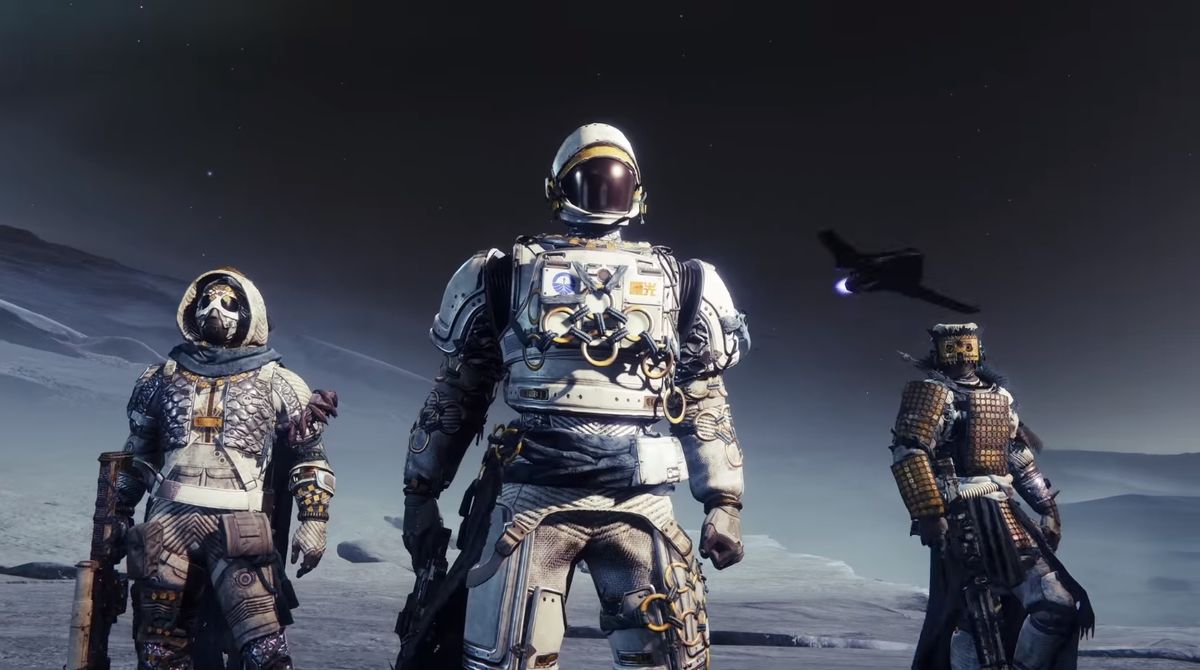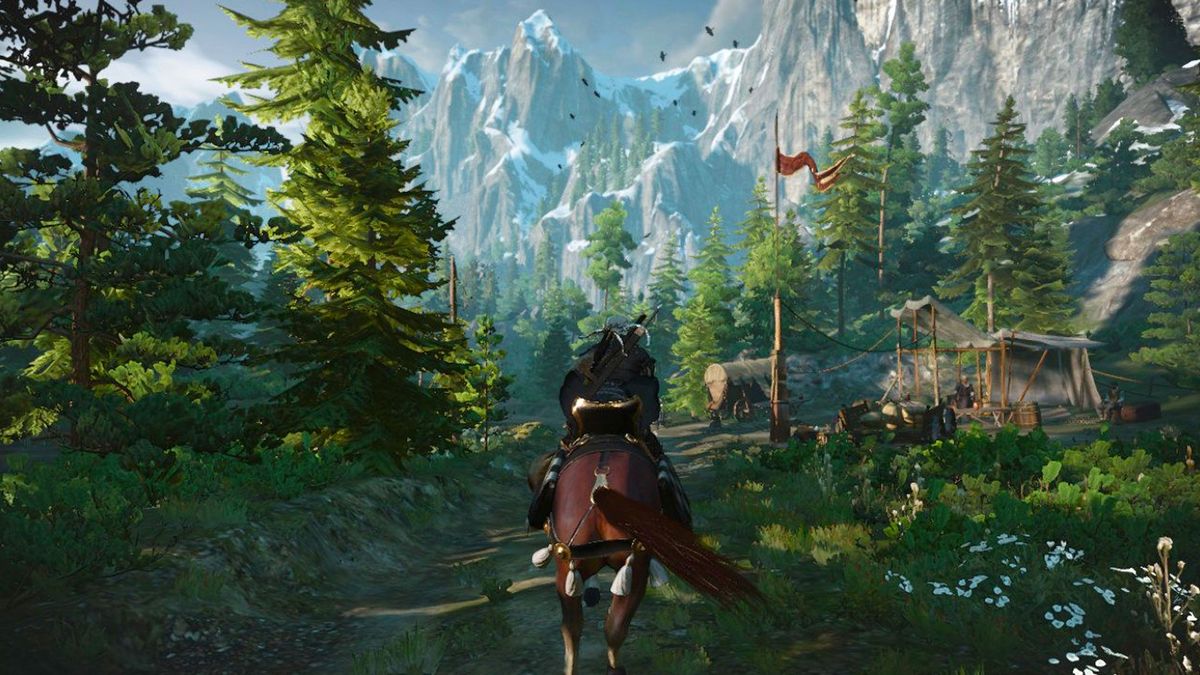There’s something primeval about knocking stuff down. It’s powerful. It’s fun. It’s… basic. It’s why games like Boom Blox and Angry Birds are so successful, both with gamers and those who’ve never touched a game controller. Maybe it’s because it’s just easy to wrap your head around straightforward physics and the laws of gravity when it comes to stuff falling down. When you were a kid, you’d knock over blocks and smash sand castles – and those skills haven’t waned over the years, even if you’re given less opportunities to hone them. It’s upon these principles that the Kinect-powered Wreckateer is built, with the mindset of “everyone knows how to knock stuff down.”
The premise is simple: you’re a medieval demolitions expert (naturally called a “Wreckateer”) tasked with firing a destructive ballista at goblin-infested towers and castles to knock them to pieces. It’s all about lining up, angling, and firing your shot using the Kinect sensor and your body. Once your missiles are fired, you can spin and angle them further by waving your hands, attempting to land precision strikes in order to cause chain reactions to earn more and more points. Though it begins with basic projectiles and easy-to-understand levels, things ramp up fairly dramatically, with each new area adding new folds to the basic premise.
These folds take the form of new projectiles, making the regular, vanilla shot seem remarkably simple in comparison. Shots that can be split, fired like bullets, flown like birds, or detonated on impact join the standard, unexciting shot. New, more powerful projectiles are unlocked throughout the course of the game, each of which adds new strategies to the core formula. They’re fun to use, and we were always excited to earn a new ability – even if the Kinect sometimes made activating them (by throwing our hands up in the air) a hassle, causing us to sometimes need to restart a level because the sensor didn’t register our wild flails as a plea to cause our split shot to split, or our explosive shot to explode. We also had to restart the entire game at one point because of a glitch that caused our game to hang indefinitely, refusing to progress to the next level.
Also thrown into the mix to further complicate things are floating markers that empower attacks, as well as levitating points that reward players for firing their shots in different, less obvious directions. It’s sometimes hard to hit these well, with the Kinect occasionally proving to be a hindrance when precision is the goal, and we’d often eye up our unused Xbox 360 controller, wishing we were able to pick it up and play for the more complex levels. Usually the Kinect controls didn’t get in the way, and created a unique gameplay style, but other times it simply hampered our accuracy in a game that rewards players for precision aiming.

New shots are met head-on with more difficult levels that require expert use of the complicated projectiles to complete, in the attempt to earn the most points possible. As is usually the case with games of this nature, we were quickly sucked into competitive battles with those on our Xbox Live friends list, repeating levels and using earned mulligans in hopes to rise above our friends on the leaderboards (which are displayed during and after every level).
And though we had fun wrecking up castles, we couldn’t shake the feeling that something was off. The predictable physics are what make other, similar games so appealing – when we toss a rock at a pile of blocks in Boom Blox, or launch a bird into a platform in Angry Birds, we have a pretty good idea what’s going to happen. Using this basic grasp of gravity, we’re usually able to line up chain reactions, causing domino effects that cascade the destruction in the direction we choose. It’s there that we expected this game, too, to be most rewarding, as it’s usually the most enjoyable part of catapult-style games.
Instead, Wreckateer’s physics system doesn’t really seem to have any consistency. Sometimes things fall as they should, but other times, they’ll simply break apart arbitrarily, or crumble on impact with another object instead of causing it to tumble apart as well. This seemingly small issue undermines the primary concept of the game, as we were unable to successfully know what would cause a wonderful ballet of destruction, and what would simply end in a few things falling down for a meager amount of points.

Smashing castles in Wreckateer provided us with a few hours of fun, and we appreciated the motion-controlled take on the “knock stuff apart and get points” genre. The level variety and large number of different projectiles made for consistently unique gameplay, and the intriguing and smart level design had us constantly going back for more. That said, we were disappointed both by the game’s wonky physics system and the Kinect’s strange lack of sensitivity, which had us constantly wishing we could just pick up on Xbox controller and play without flailing around. It’s fun, but just like the castles inhabiting the game’s many stages, Wreckateer is full of structural weaknesses that make it way too precarious, and one bump away from collapse.
 Game News Video Games Reviews & News
Game News Video Games Reviews & News



